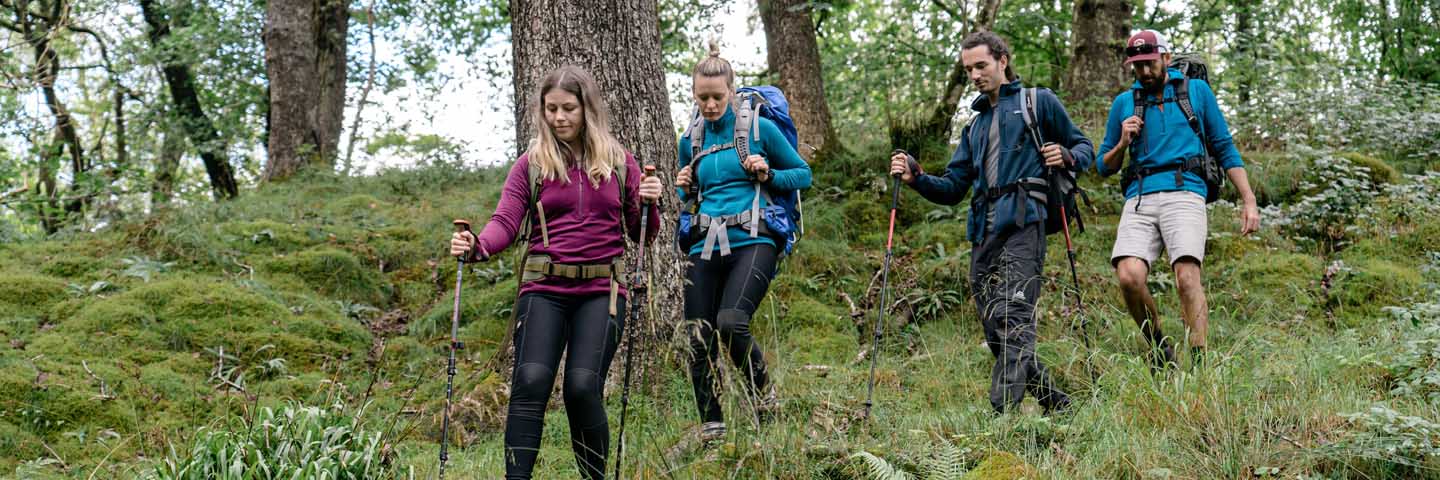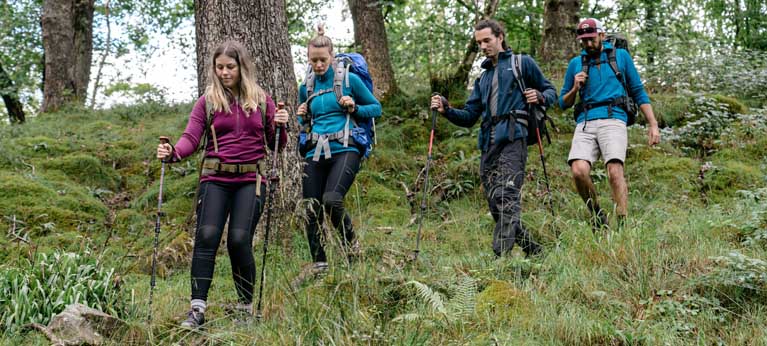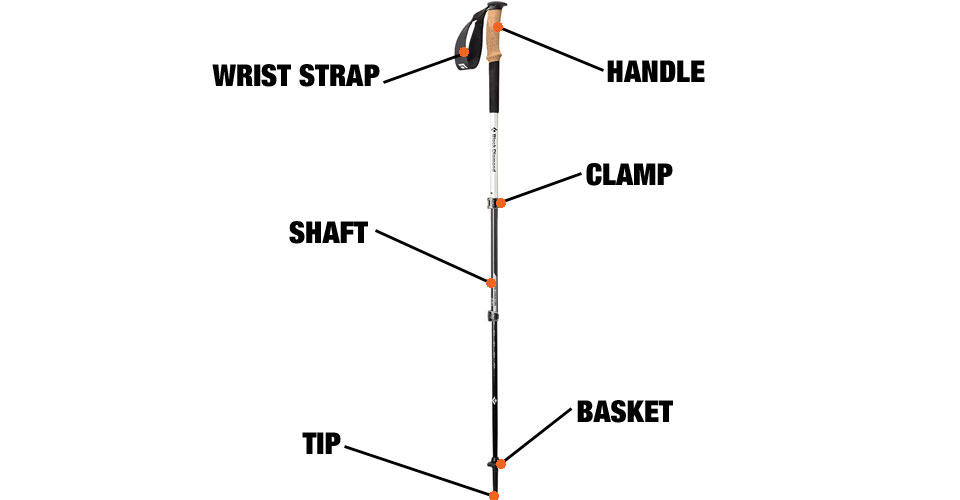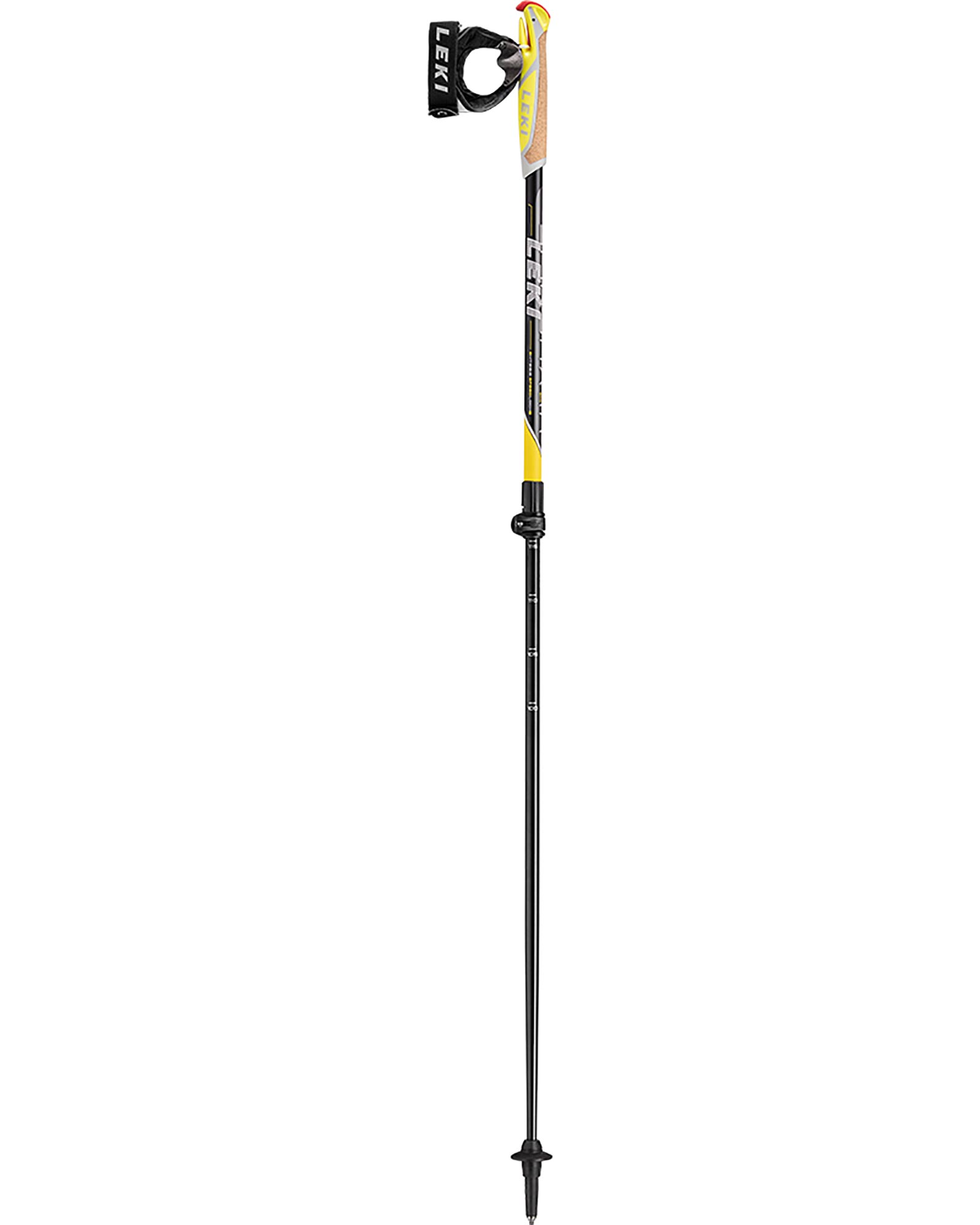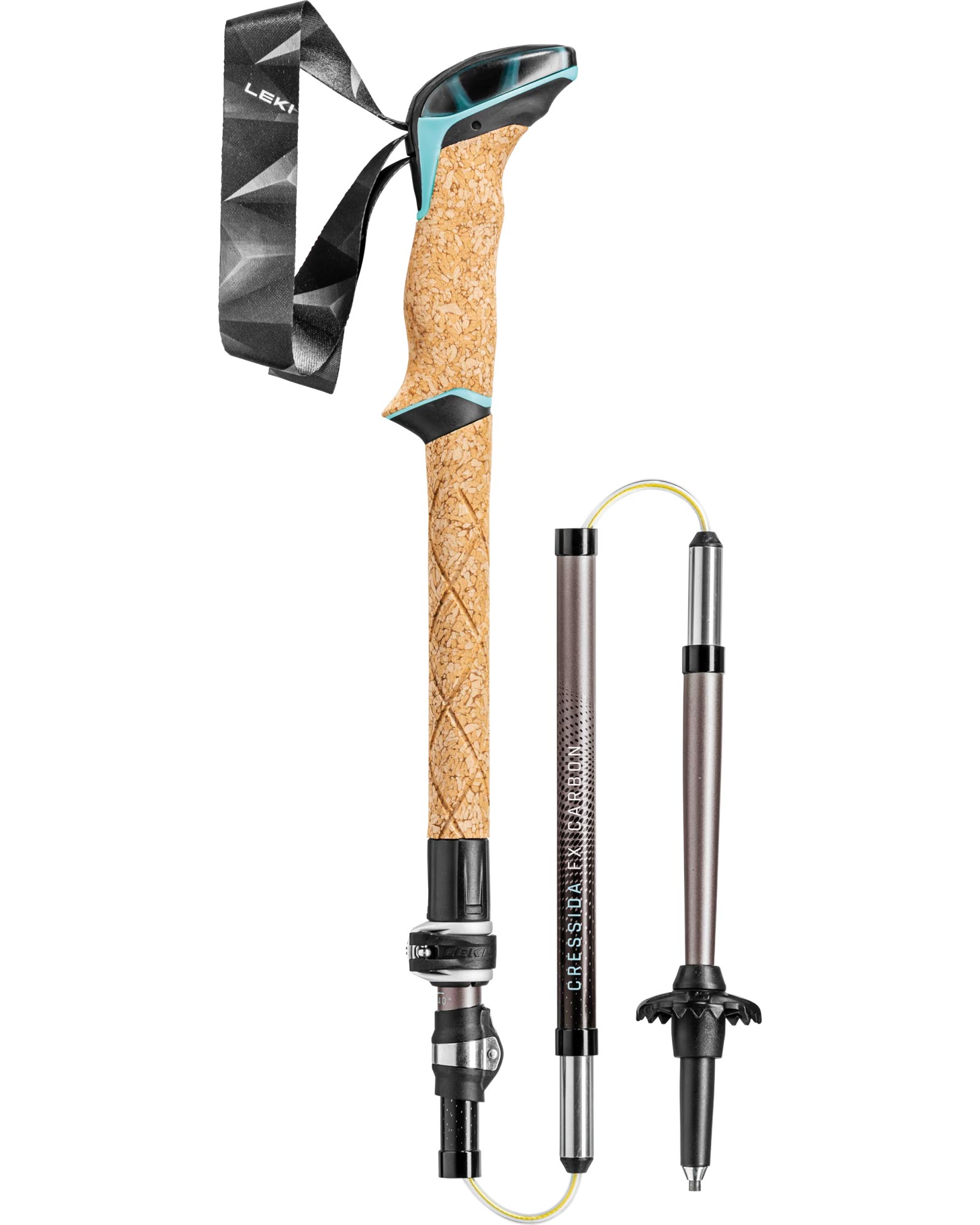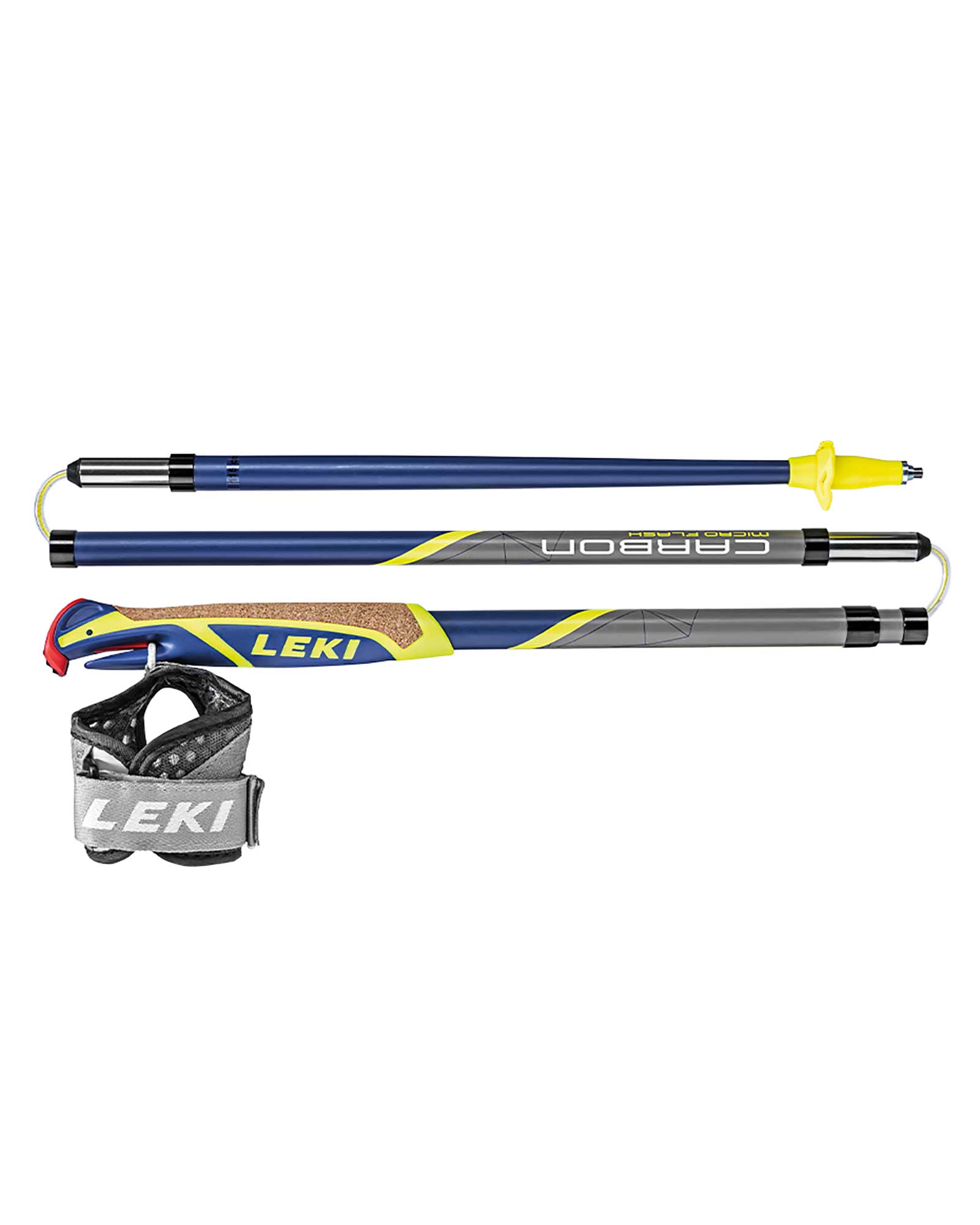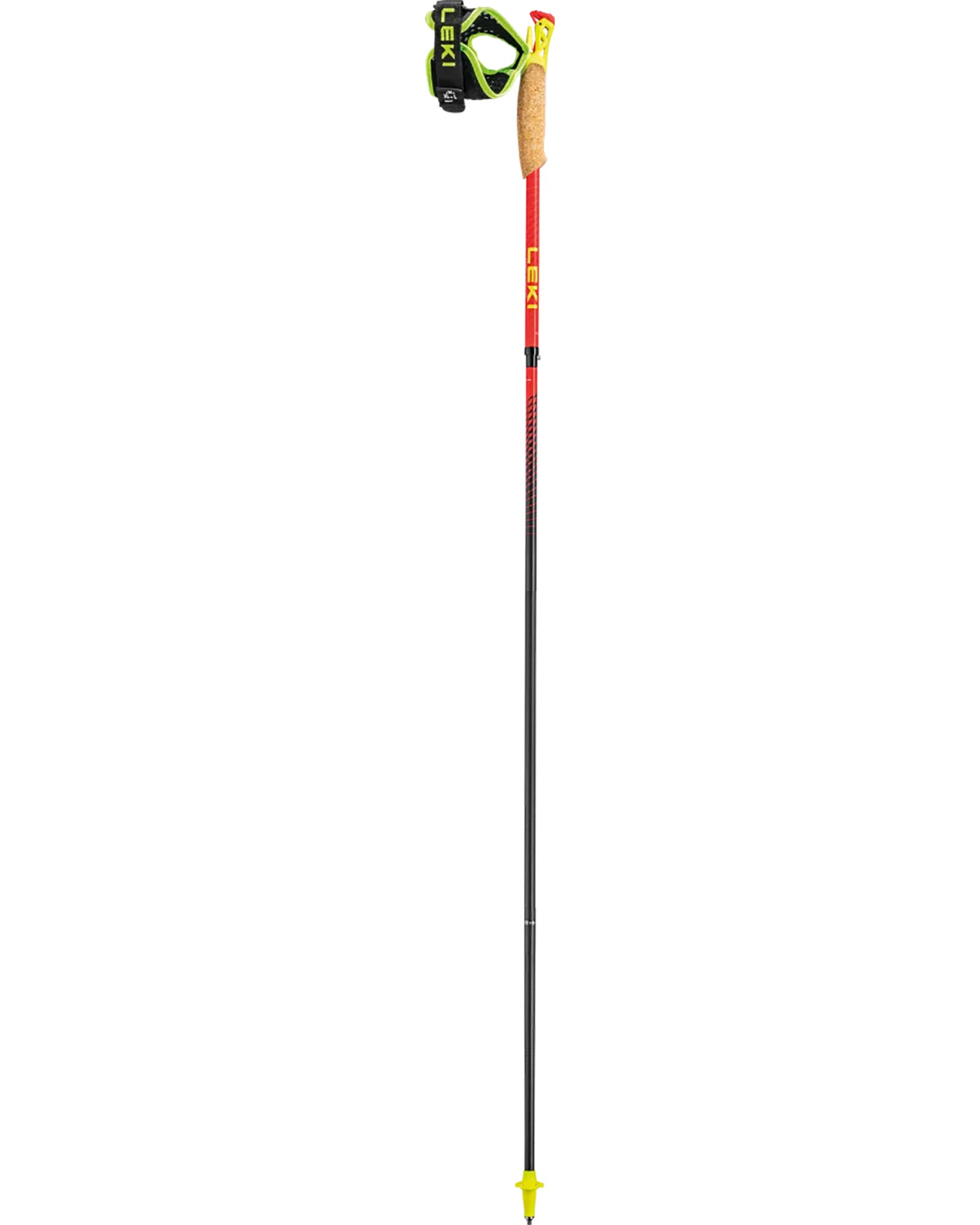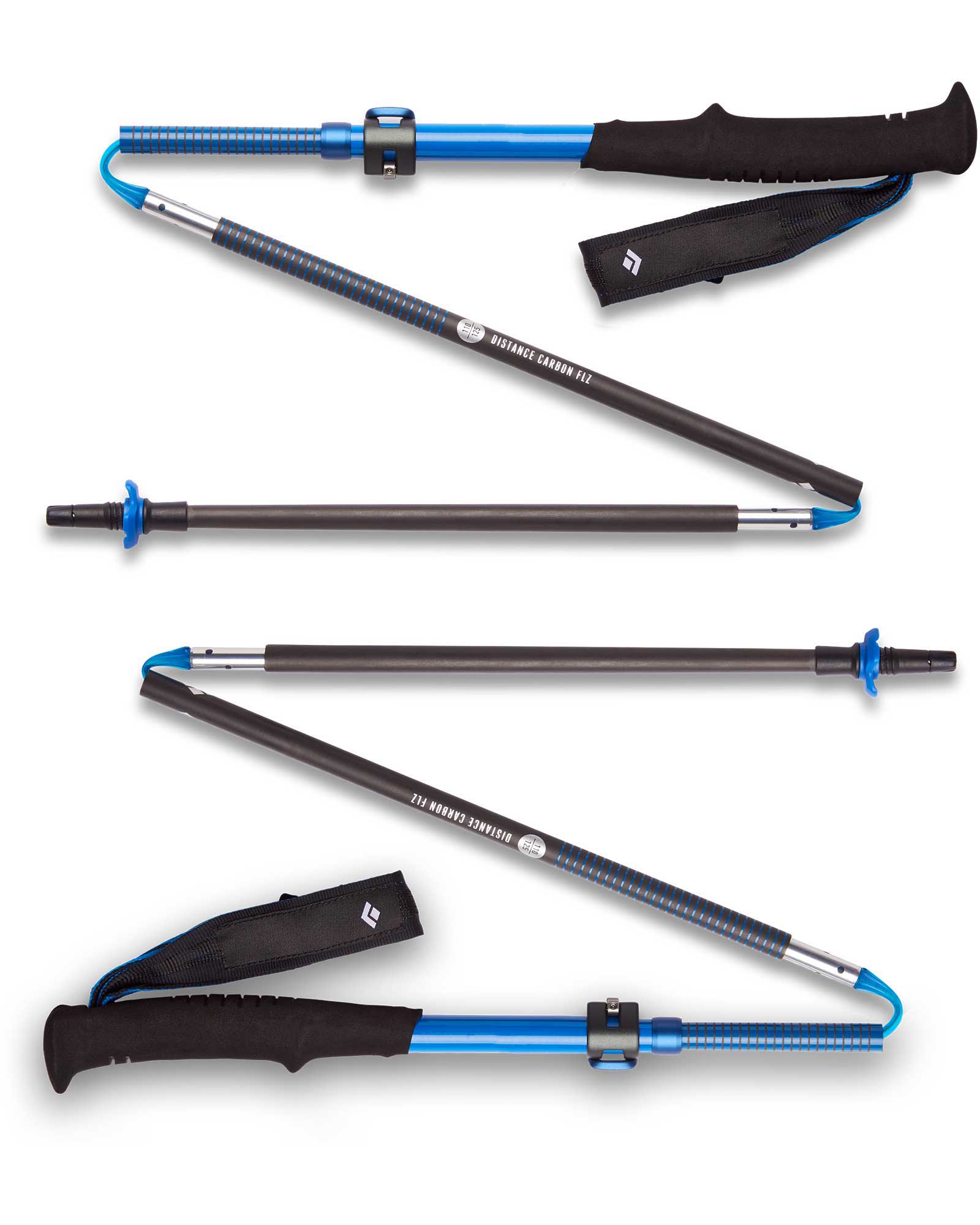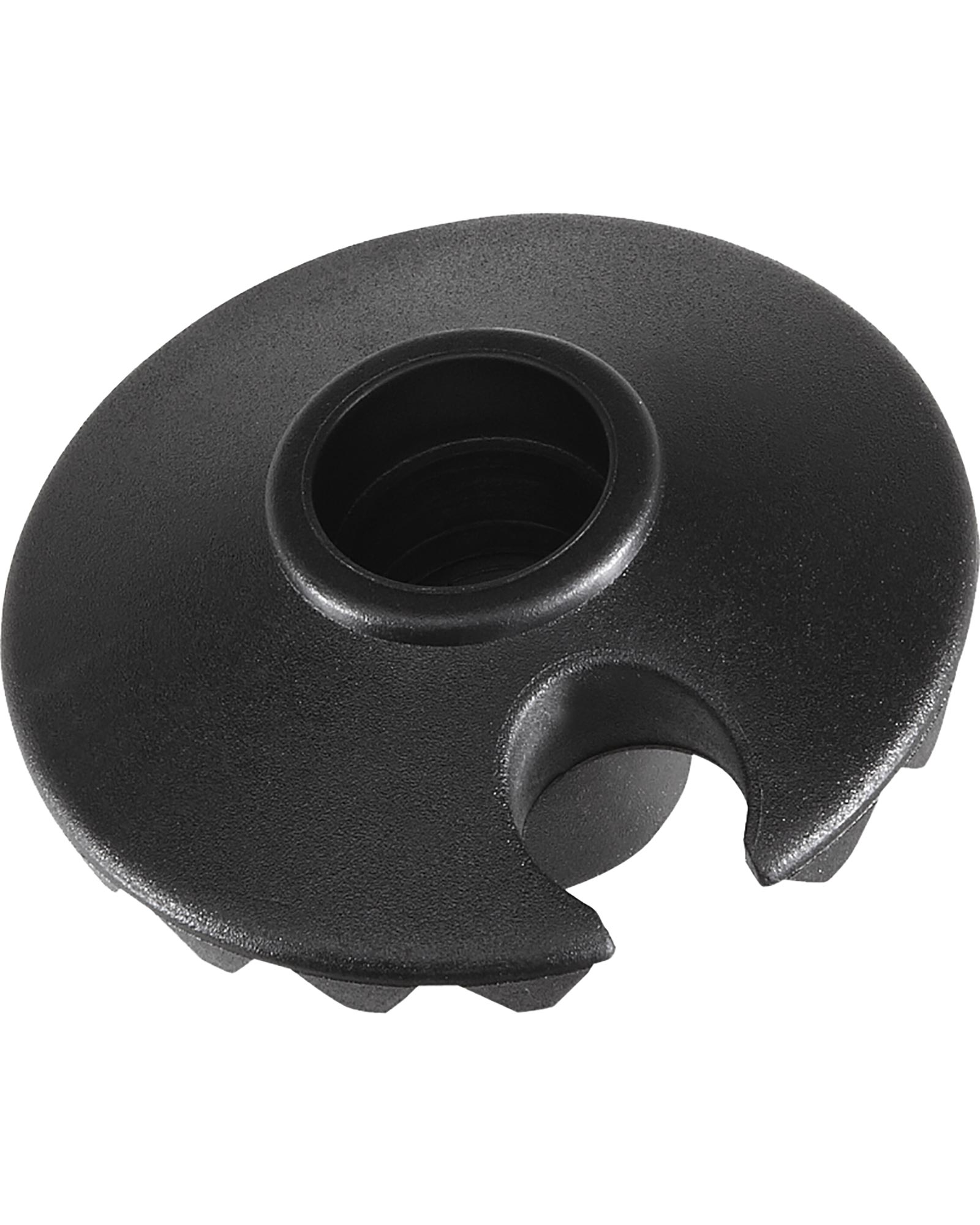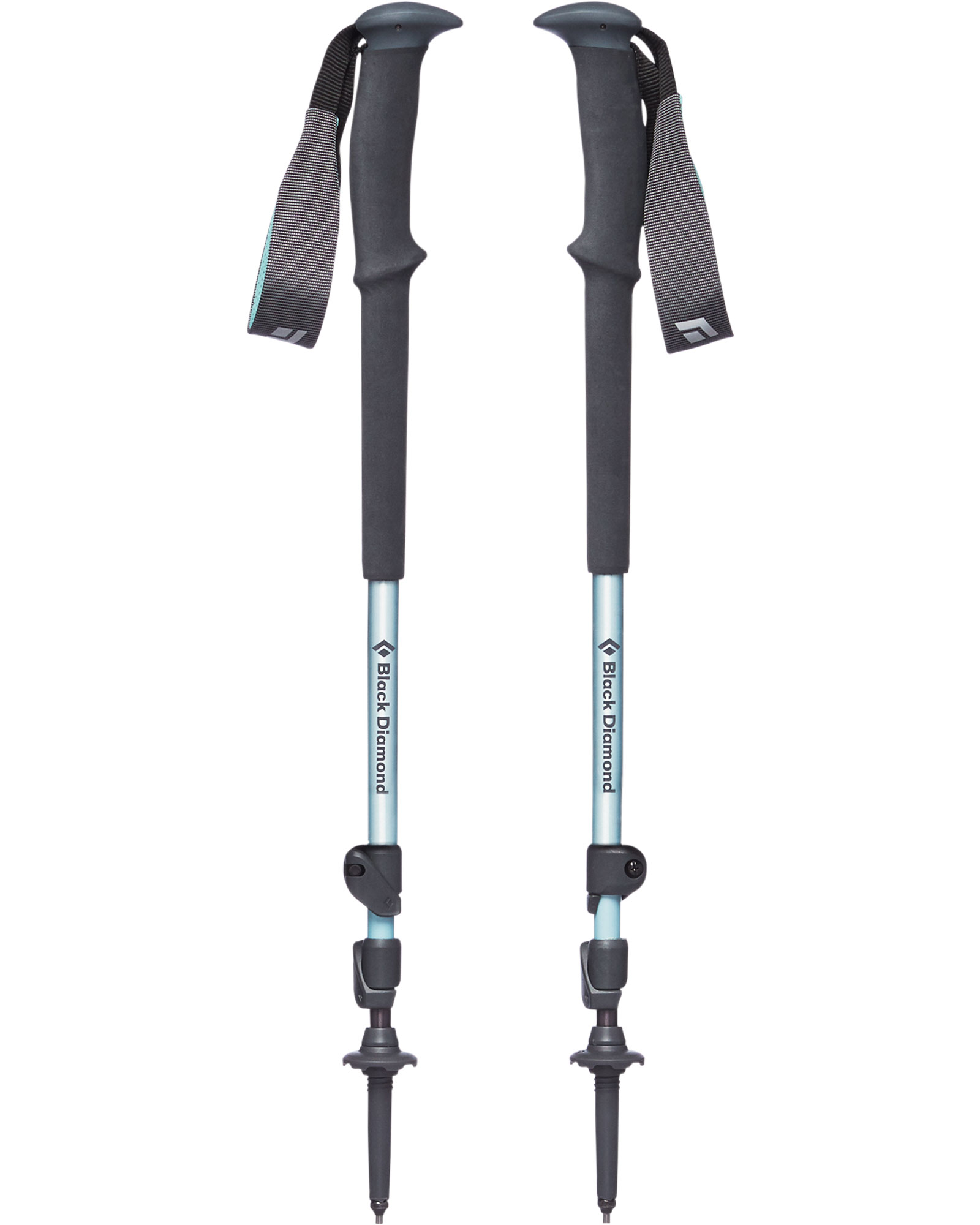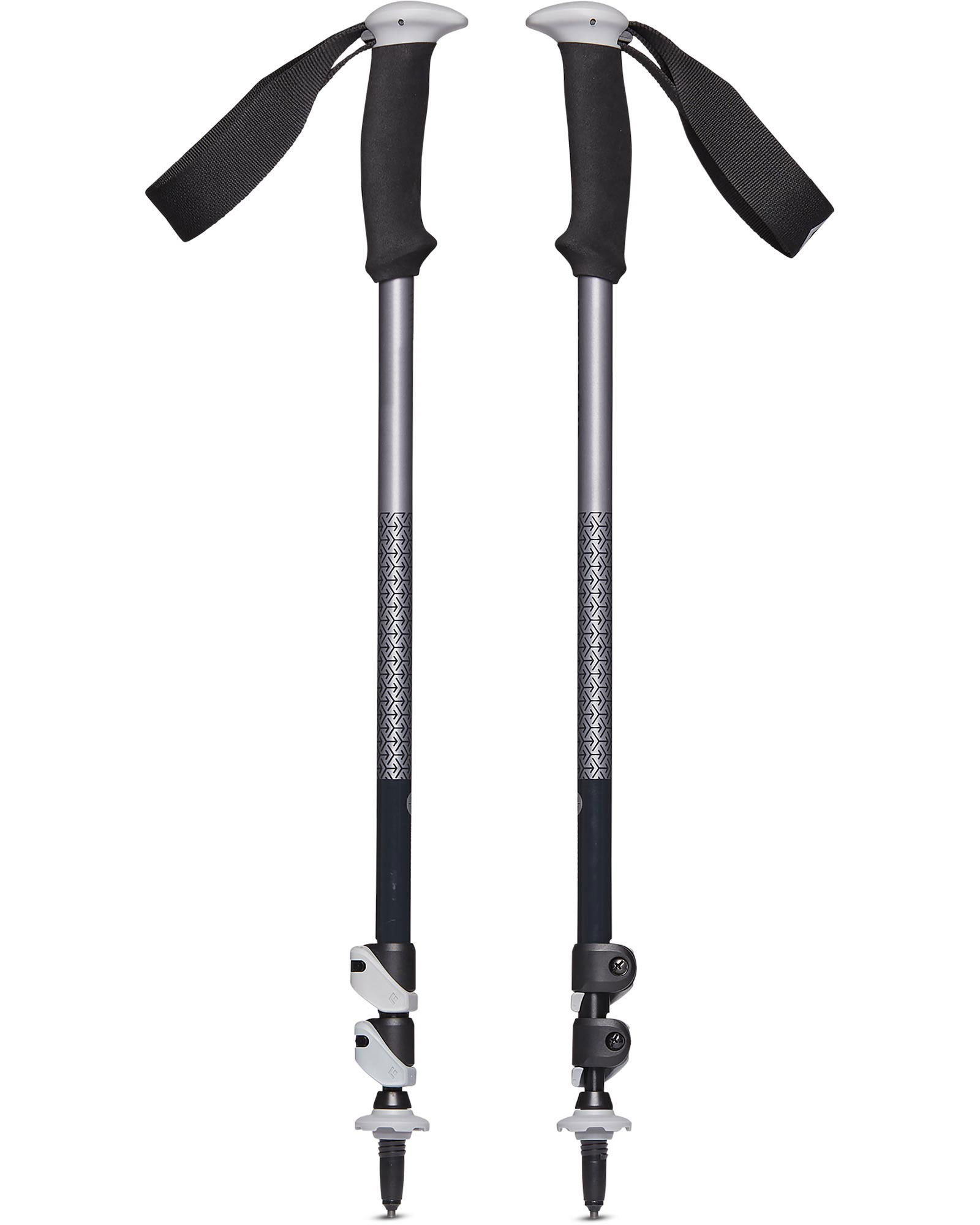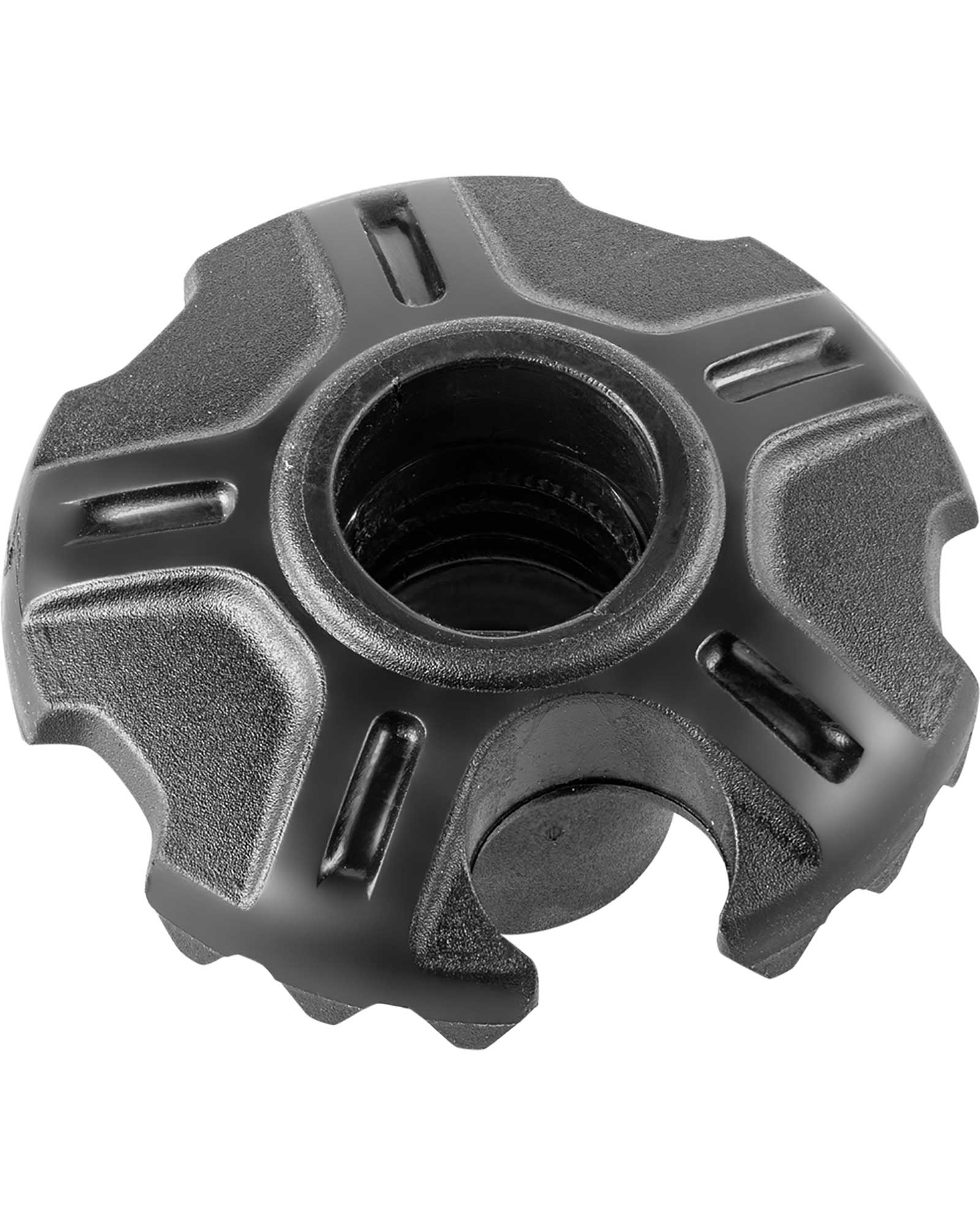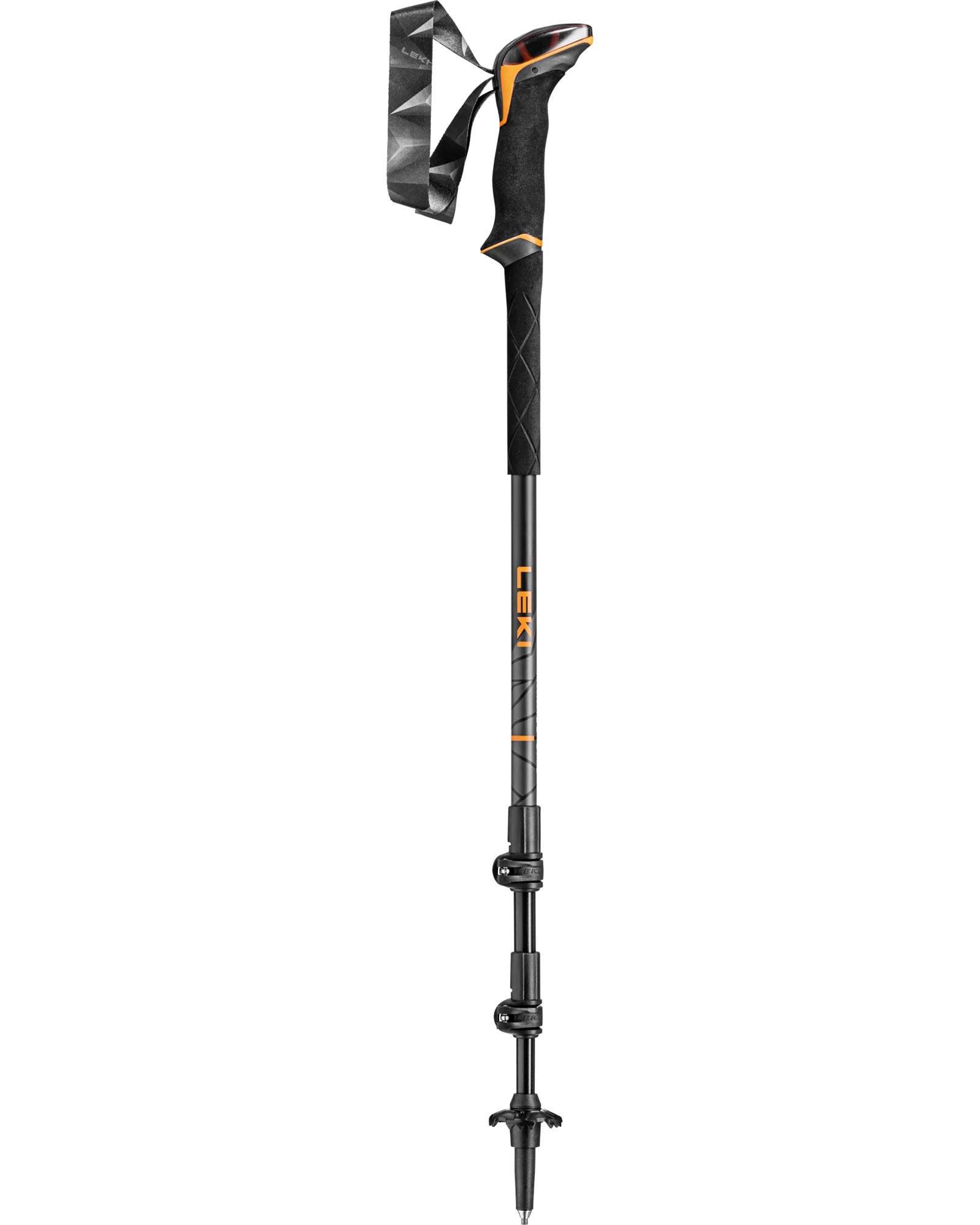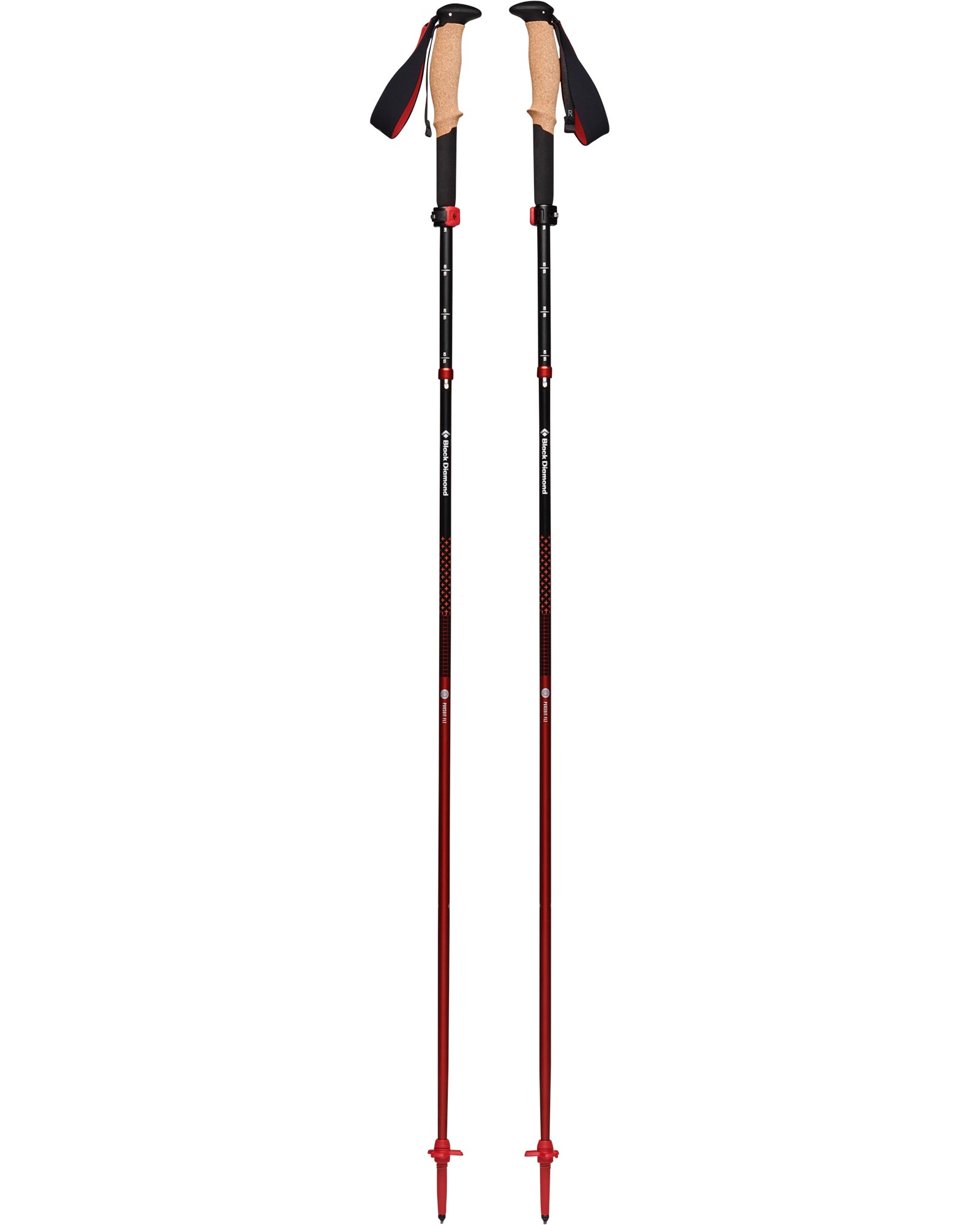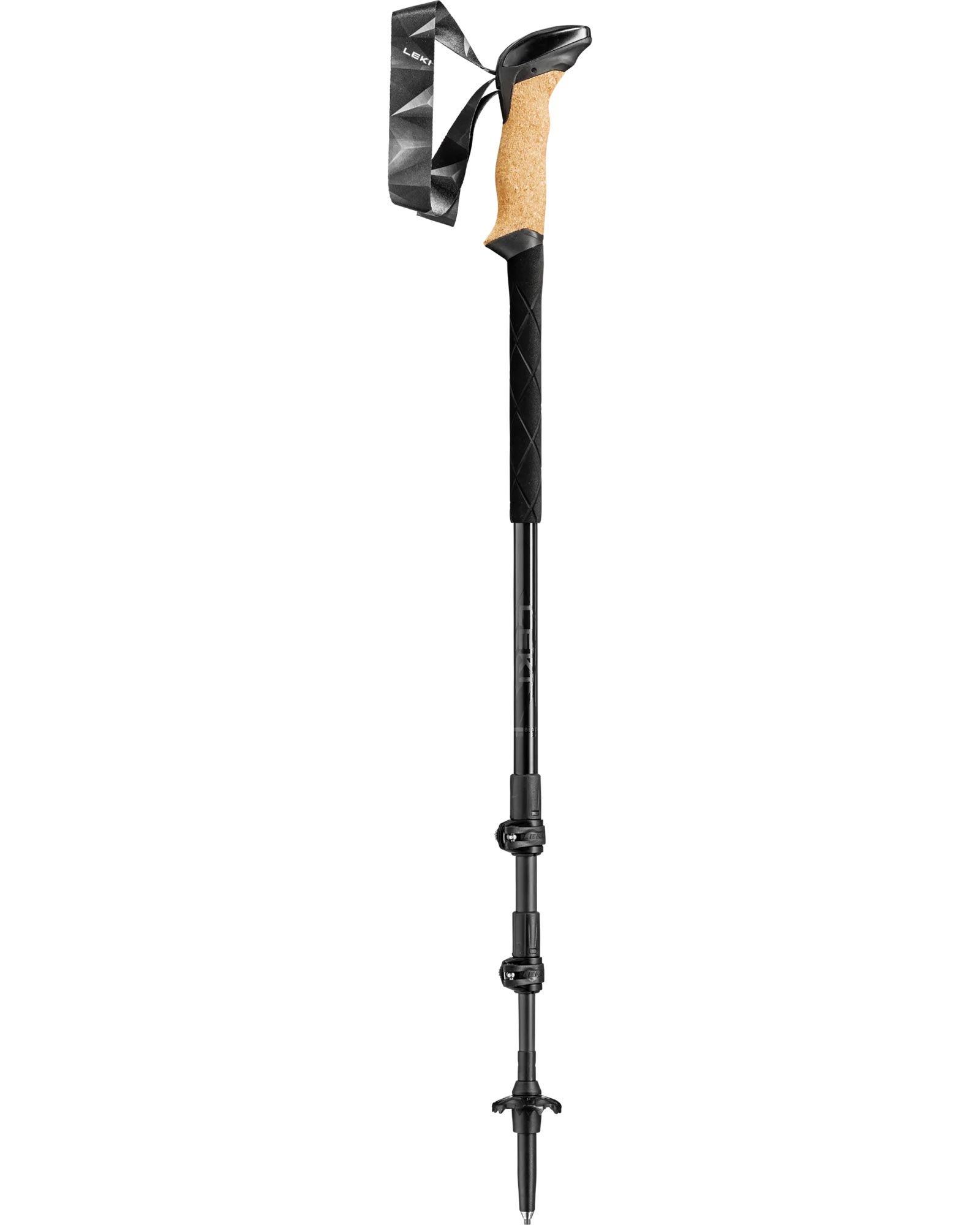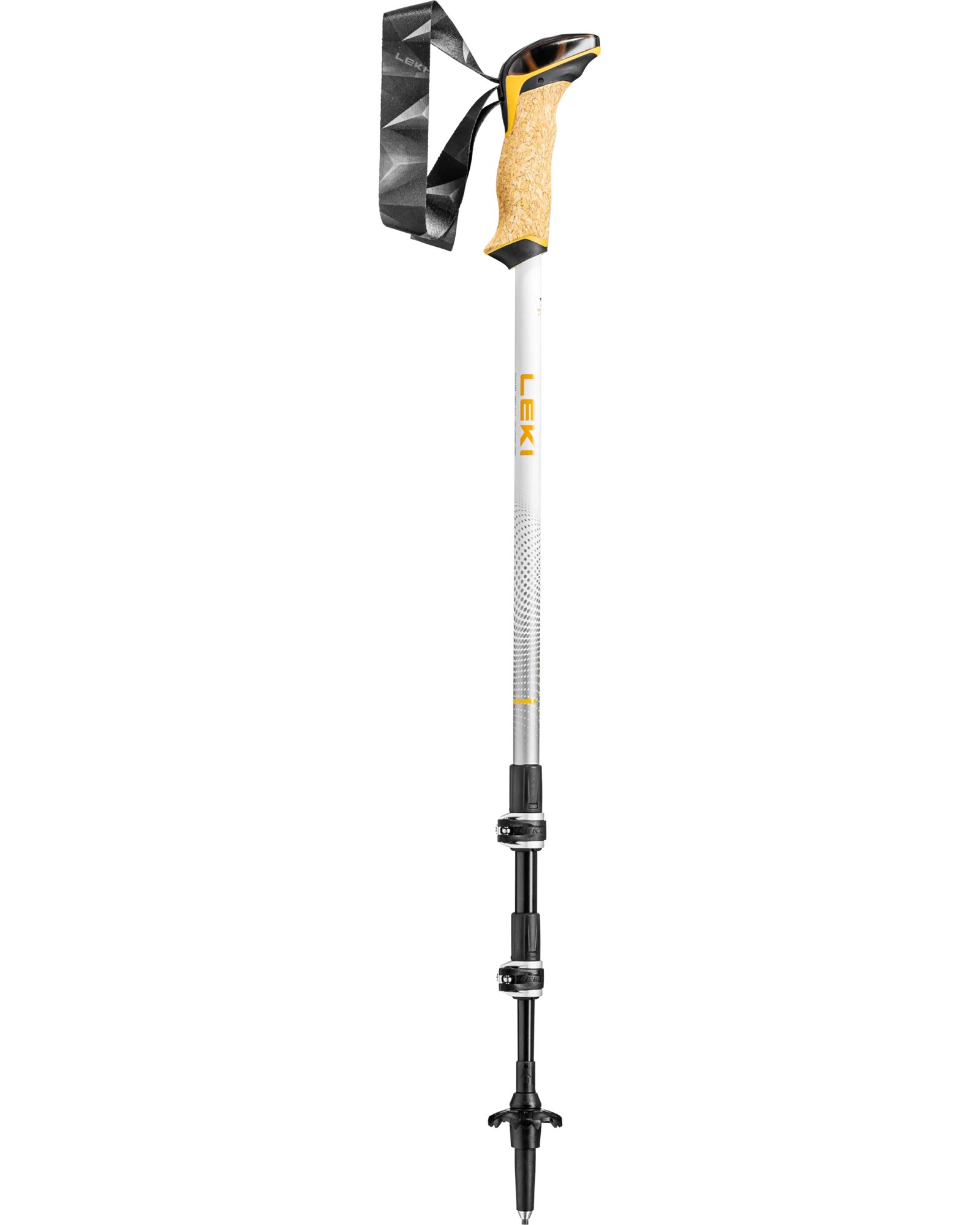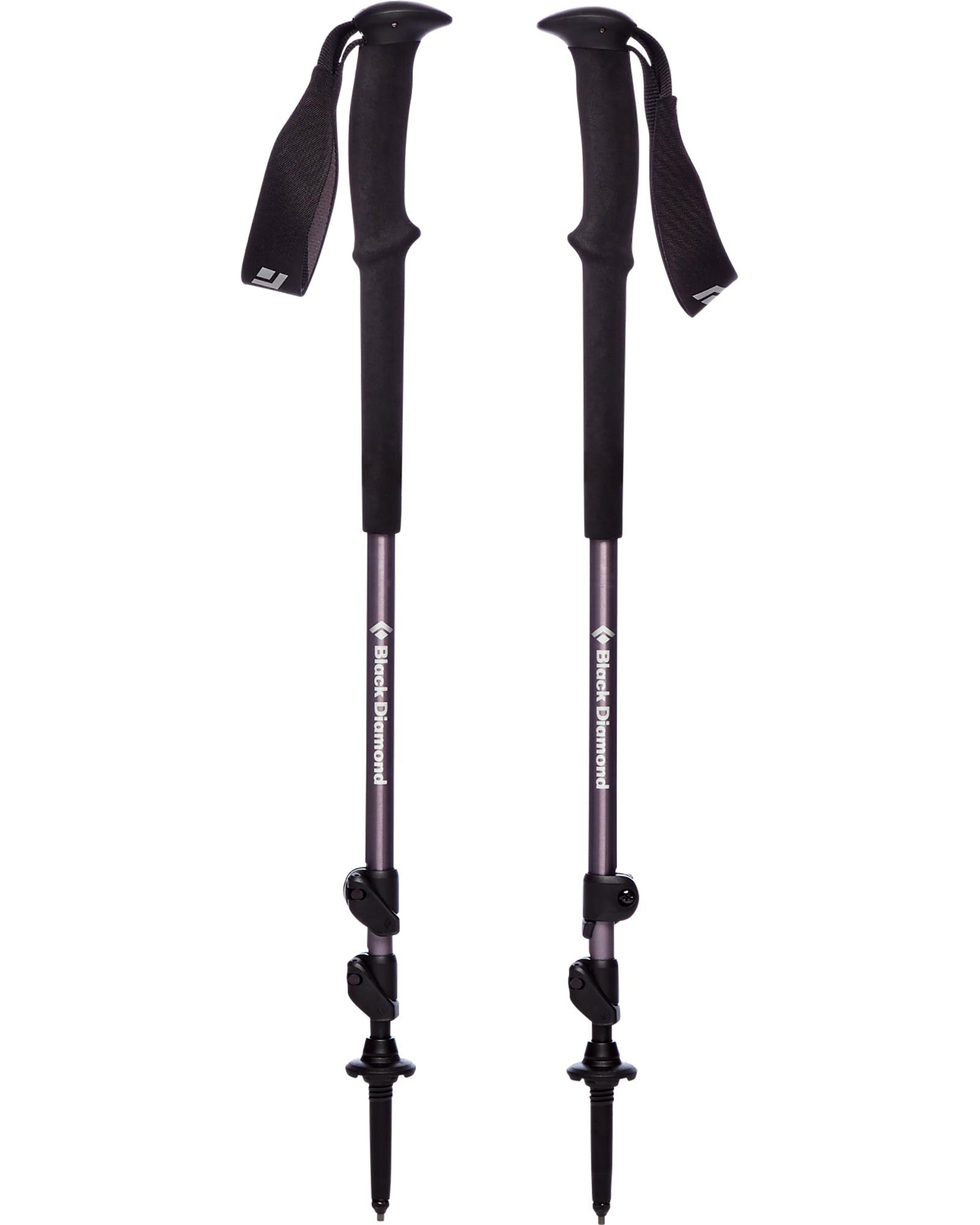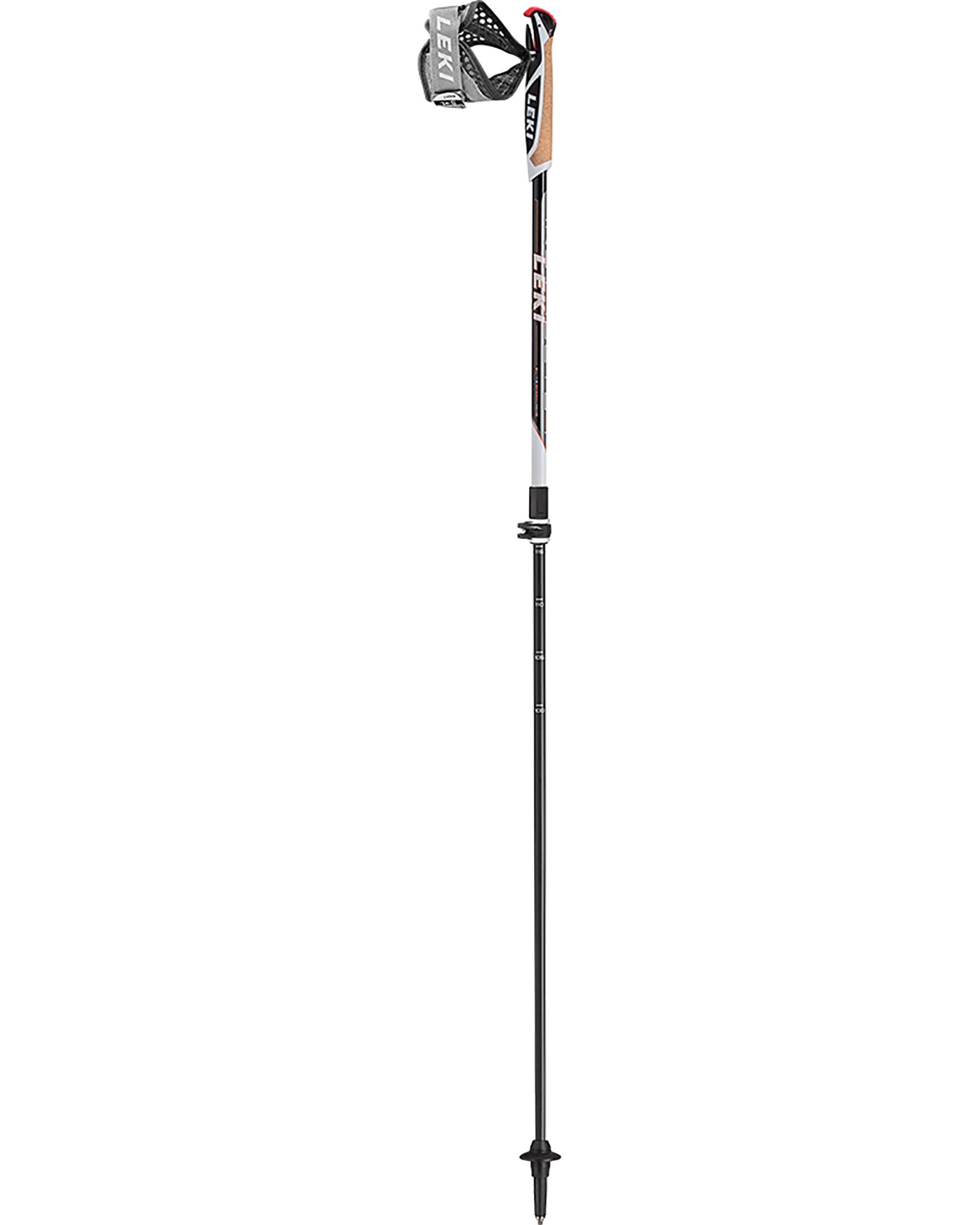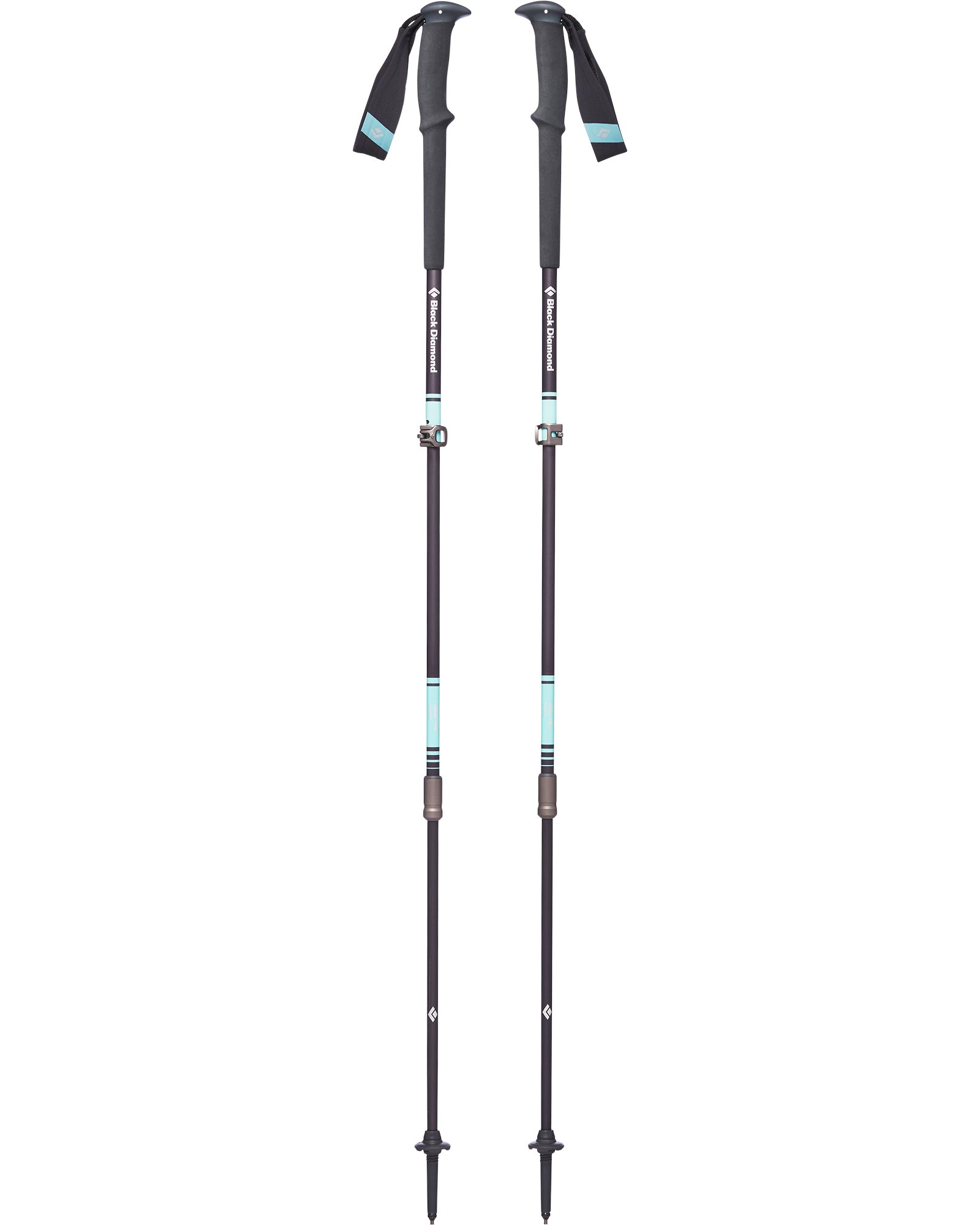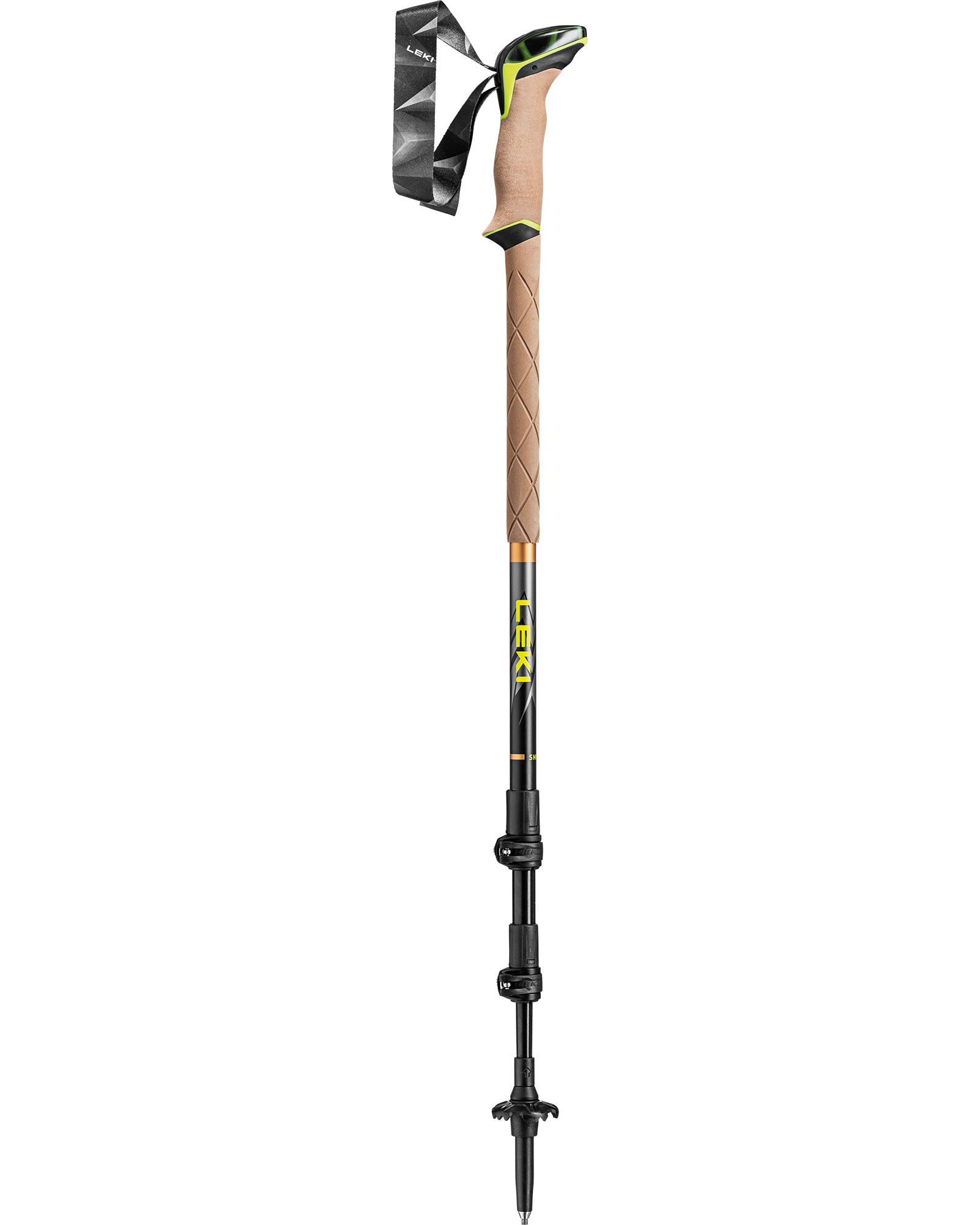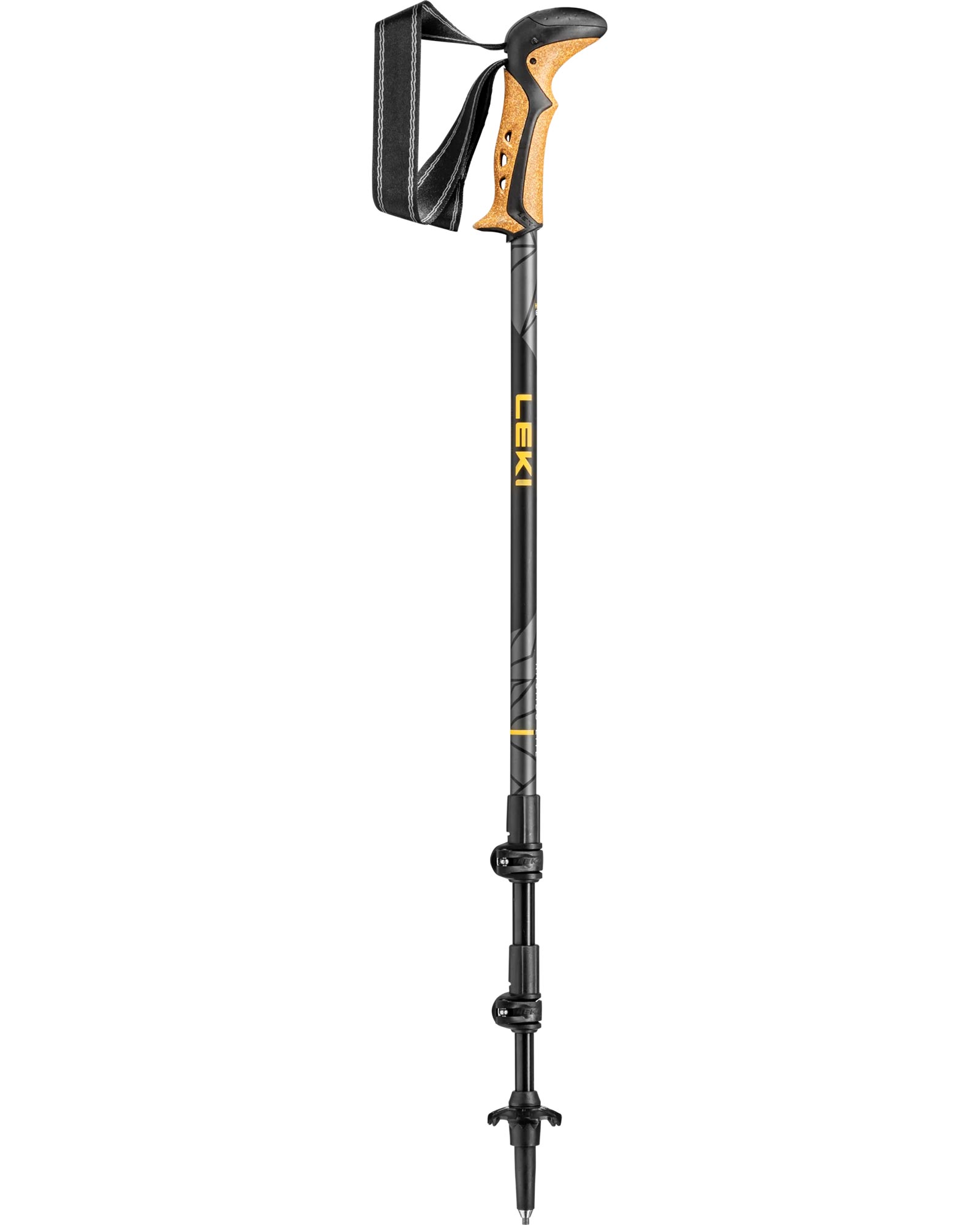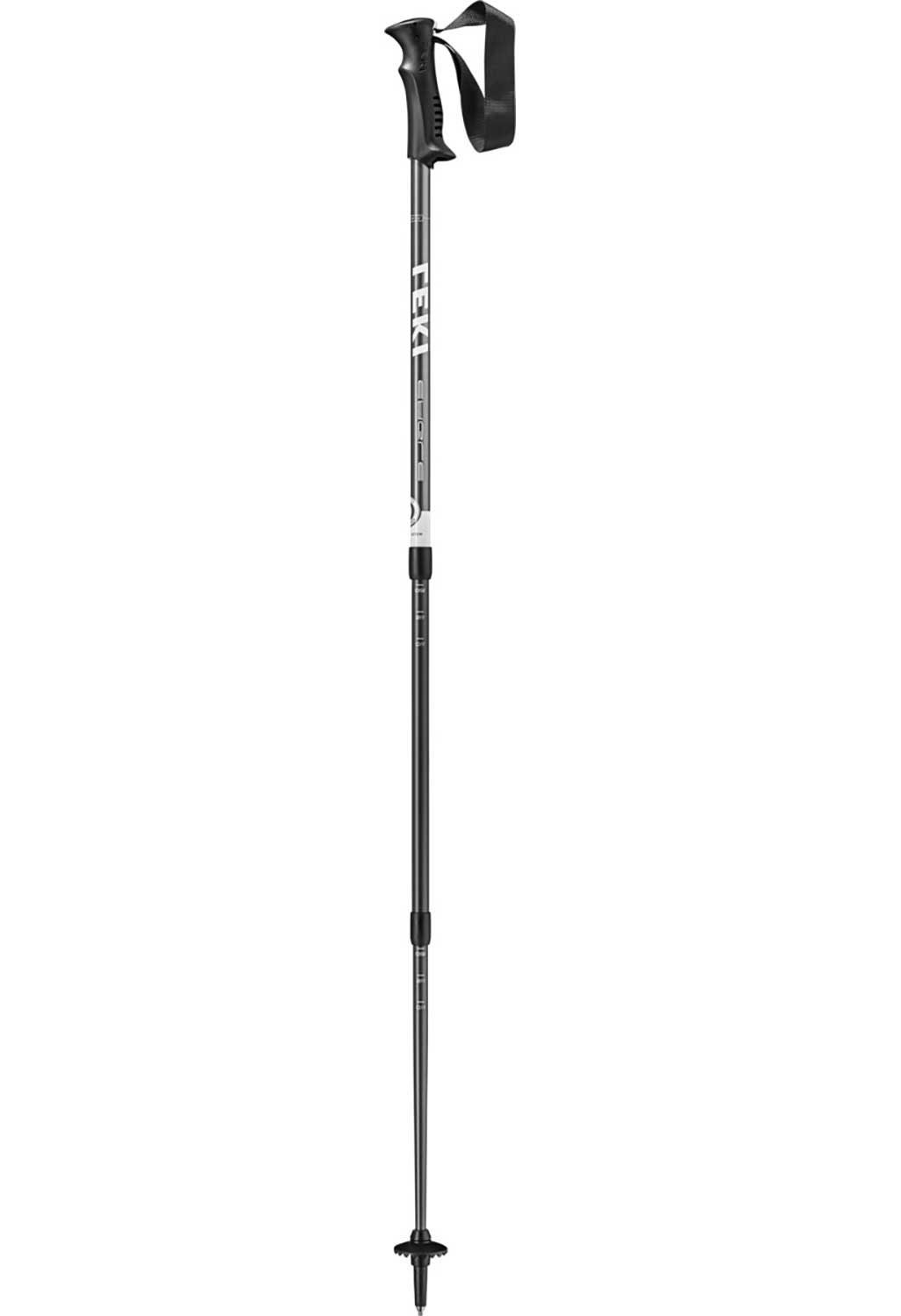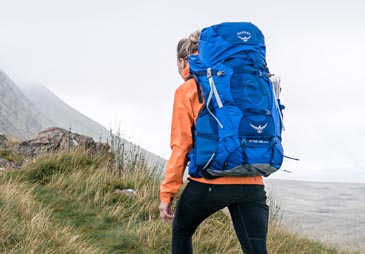Walking Poles Buying Guide
Often overlooked and undervalued, walking poles offer those who enjoy the outdoors a whole host of benefits:
- They help protect your knees, ankles, hips and spine; especially when walking down hills (with each pole plant, walkers remove roughly 3% - 5% of the impact from each step).
- Protect existing injuries or are recovering from knee or hip surgery.
- You can travel across terrain at a quicker pace, particularly when going downhill, giving you a helping hand in keeping up with younger or fitter walkers.
- Poles improve your uphill walking technique, encouraging an upright posture that decreases the chance of a fall or slip and helps to promote an efficient breathing position.
- The poles aid balance on uneven trails, (four points of stability rather than two) reducing the risk of injury and spreading the weight of a backpack.
- Reduces fatigue, improves efficiency and strengthens core muscles, arms and shoulders. These improvements in the upper body will aid you when are walking with or without the poles.
This extra endurance, strength and stability can improve your confidence on trails and allow you to undertake routes you didn’t think were within your potential. (Please exercise caution when assessing the difficulty of routes and it is always best to walk with more experienced hikers where possible).
Anatomy Of A Walking Pole
Wrist Strap
Prevents you from dropping the poles and helps with leverage for maximum output.
Handle
The temperature and weather conditions that you will be walking in should determine the choice of handle.
Cork: for hot weather, cork is a good option. It wicks sweat away from your hands, moulds to your hand's shape and reduces vibrations. It is also an environmentally friendly choice.
Rubber: in low temperatures, rubber handles insulate your hands from the cold and vibrations. However, in warmer weather, they can struggle with sweaty hands, causing rubbing and blisters.
Foam: sometimes used on the shafts as an extended area of grip or in the handle to absorb sweat and shock. This is a cheaper and more durable alternative to cork.
Shaft
Aluminium: lightweight and durable, this a good option for those who know their poles are going to take a hammering, are looking for the best vibration absorption and are not worried about minimal savings in weight.
Carbon: is the lighter choice of the two materials. The low weight reduces fatigue although the material absorbs less vibrations and can be susceptible to cracks if treated roughly.
Locking Mechanism
Most walking poles come with one of two mechanisms:
Clamp: the advantage of a clamp is that you can adjust the pole length quickly and easily with or without gloves.
Twist To Lock: the mechanism sits inside the shaft and consists of a simple twisting action to unlock and lock. This is also a reliable locking mechanism, but it is slightly harder to adjust when wearing gloves.
Baskets
These are plastic discs that prevent the poles from sinking into soft ground or snow. They can often be removed for use in warmer and drier conditions.
Tips
The end of the poles need to grip the ground to provide stability. To help them do this, they have specialised tips of which there are generally two types:
Carbide Tip: grips well on rock and ice and other off-road surfaces.
Rubber Cover Tip: for use on road or concrete areas, they protect the Carbide tip and reduce the vibrations to the user.
Walking Pole Categories
Multi-Purpose
For use on varied terrain, these poles are normally made from hard-wearing aluminium and should be used in conjunction with rubber feet, where appropriate.
Shock Absorbing
Certain poles come with a shock absorbing feature that helps absorb more on every impact. This is especially good on downhill sections and for those who may have a previous injury or weakness to protect.
Alpine
Made from carbon these lightweight poles helps with endurance over extended periods of walking and are useful in challenging terrain.
Compact
Foldable walking sticks are small enough to pack into a rucksack rather than attaching them to the outside of your pack.
How To Use Walking Poles
- Unlock both clamps, extend the bottom shaft ¾ and lock it in place. Next, adjust the length of the top section to the appropriate height. (The correct pole length should create an angle of 90 degrees at the elbow when you hold the pole in front of you - for comfort and control).
- Pass your hand up through the wrist strap so that it sits between your thumb and palm then grab the handle of the pole. The strap and handle should now sit in your grip. Be careful not to grip the handle too firmly because this will waste energy and can cause excessive rubbing.
- Flat Ground: place the poles slightly in front of you pointing tip backwards with an angle of around 15 degrees at the elbow. You want to focus on pushing the poles back as you walk, propelling you forward.
- Uphill: adjust the pole length for the terrain- when going up hills shorten the poles by 5 – 10 cm. Place them nearer to your body than on the flat otherwise it is difficult to climb the hill.
- Downhill: lengthen by 5 – 10 cm, place the poles slightly further in front of you than when travelling uphill but keep your steps small to decrease the chance of a slip.
Walking Poles

